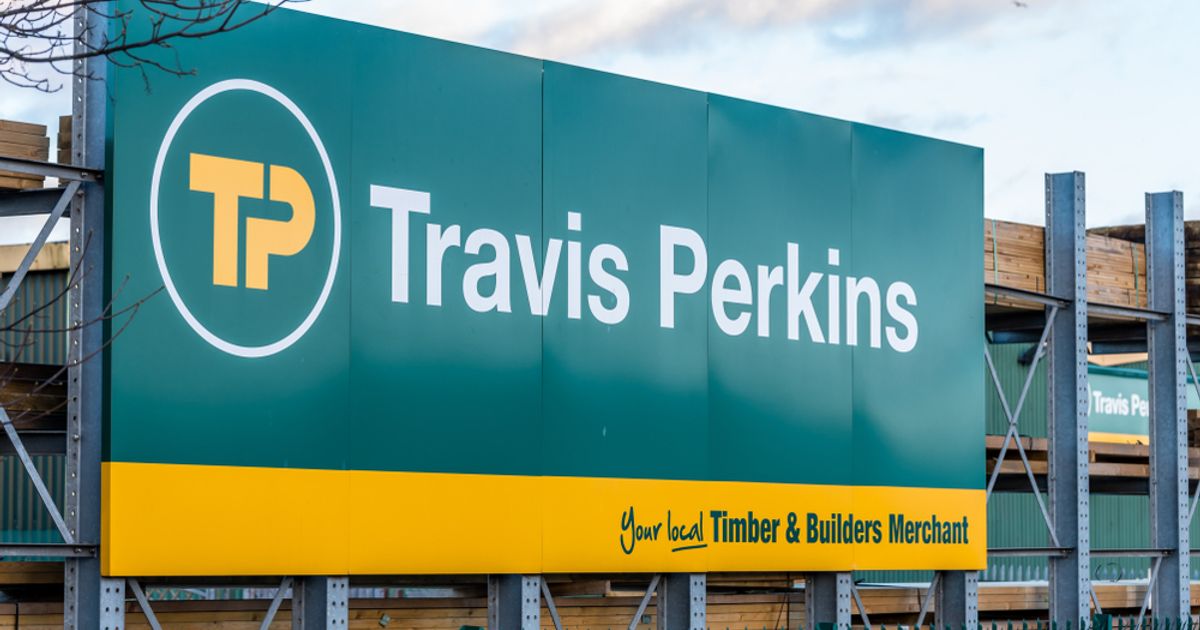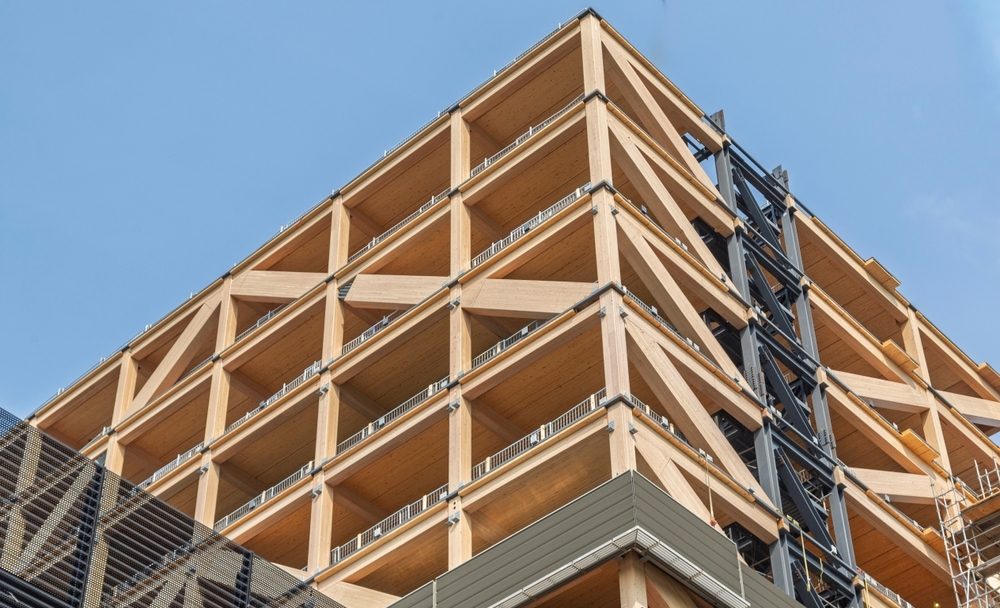Interest is growing in sustainable building materials

How committed are owners to reducing their carbon footprint? Modern building materials are part of the pathway to net-zero.

Carbon-reduced concrete is part of the game plan for Edmonton International Airport. (Photo courtesy of PCL Construction)
As the construction industry grapples with new ways to move forward on the path to net zero, concrete presents a massive target. The second-most widely used material in the world next to water, if concrete were a nation, its carbon footprint would be third in the world behind China and the U.S.
Accordingly, carbon-reduced concrete is part of the game plan for Edmonton International Airport as it strives to meet the requirements of Environment and Climate Change Canada’s Net-Zero Challenge. Working with its contractor PCL Construction, the airport selected EvoBuild, a low-carbon concrete product from global building materials provider Heidelberg Materials.
Dallas Fraser, project manager at PCL, estimates that this reduced embodied carbon by 30 per cent compared with the conventional product. And, according to Shane Mulligan, sustainability market manager for Canada at Heidelberg, using carbon-reduced concrete on the project saved 200 tonnes of CO2.
Embodied carbon, it should be noted, is not a physical characteristic of the concrete itself, but a proxy for the amount of carbon dioxide emitted in the manufacture of the product. Such indirect influences on the environment are classified as Scope 2 emissions by the Greenhouse Gas Protocol, the international body that establishes and tracks such metrics.
Traditional concrete’s carbon problem is that the process for manufacturing clinker, the primary binding agent in Portland Cement, requires kilning at approximately 1,500ºC. Reducing the proportion of clinker and replacing it with limestone or other materials reduces the energy and carbon emissions associated with a concrete mix.
“Generally speaking, for most of our markets, we’re able to achieve somewhere in the range of up to 30 to 50 per cent carbon reductions versus industry benchmarks,” says Mulligan.
The carbon reductions that are possible with a concrete mix varies on a project-by-project basis depending on the owner’s sustainability objectives and the structural and constructability requirements of the project. “As you start to get more aggressive with your carbon reductions, there can be some trade-offs, particularly where schedule is concerned,” he says.
The product also requires some adjustments in the field.
“Like any new product, there’s a bit of a learning curve there,” says Kyle Russell, construction superintendent, civil projects at PCL. “We had QC people from our supplier out on site during some of our pours, and they were able to tweak a few things in their mix design that definitely made it easier for the crews to place. And as we progressed our way through the job, we got to the point where it was pretty much like working with any other concrete.”
He points out that the need to make adjustments is not unique. “There’s no true normal when it comes to concrete,” says Russell. “In the particular job that we used this on, we have something called corrosion inhibitor in our concrete mix. And this just by itself in a regular, conventional, non-carbon-reduced mix makes concrete very difficult to work with.”
Changing attitudes on building materials
The adoption of carbon-reduced concrete is being driven primarily by voluntary pursuits of green building rating systems and standards.
“We have a lot of design teams and owners that are looking to get the LEED green building certification, or are just doing low-carbon construction based on their own environmental, social, and governance principles,” says Mulligan.
The Edmonton airport was a prime example. “The owner, being the airport, was interested in green initiatives and green materials,” says Fraser. “They were willing to pay for eco-friendly concrete because they saw it as a good selling point for the airport.”
While momentum for eco-friendly projects is strong at the federal and provincial levels, many local jurisdictions have yet to catch up. “The National Building Code, for example, adopts a lot of the lower carbon solutions that are available, whereas on the public infrastructure side, it’s much more local,” says Mulligan. “The municipal specifications are all independent, and often more prescriptive and difficult to navigate.”
While attitudes are changing, there’s still work to be done. “There are some mindsets that need to be changed,” says
Mulligan. “Lower carbon doesn’t mean lesser performance. Performance remains the guiding principle for all the mixes we’ve designed. We’re just doing it with optimizing carbon in mind, as opposed to only optimizing economics, which has been the traditional model for most concretes.”
Jacob Stoller is principal of StollerStrategies. Send comments to [email protected].
link






:strip_icc()/101166442-b33786f9521c4d298c5be7c8560f9aa5.jpg)